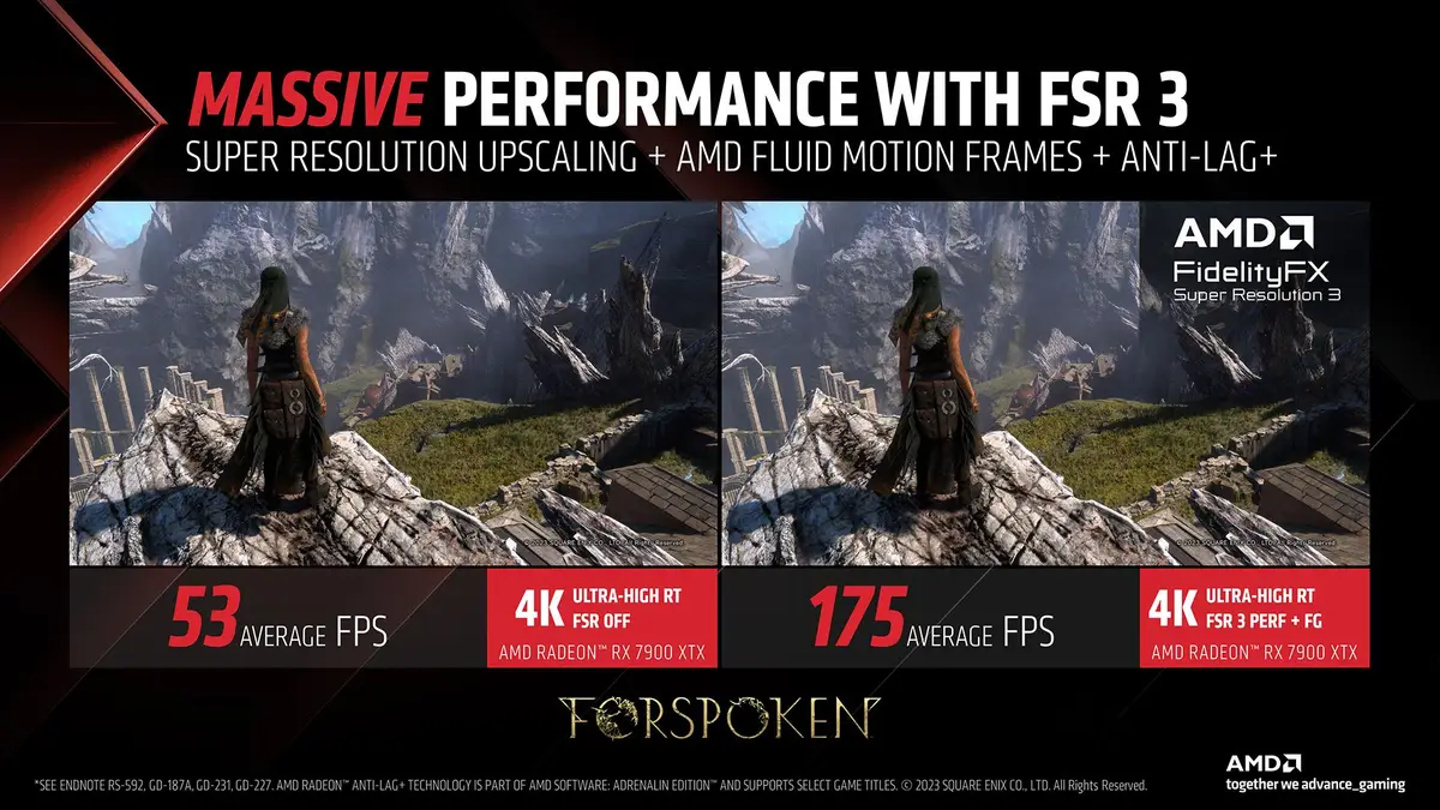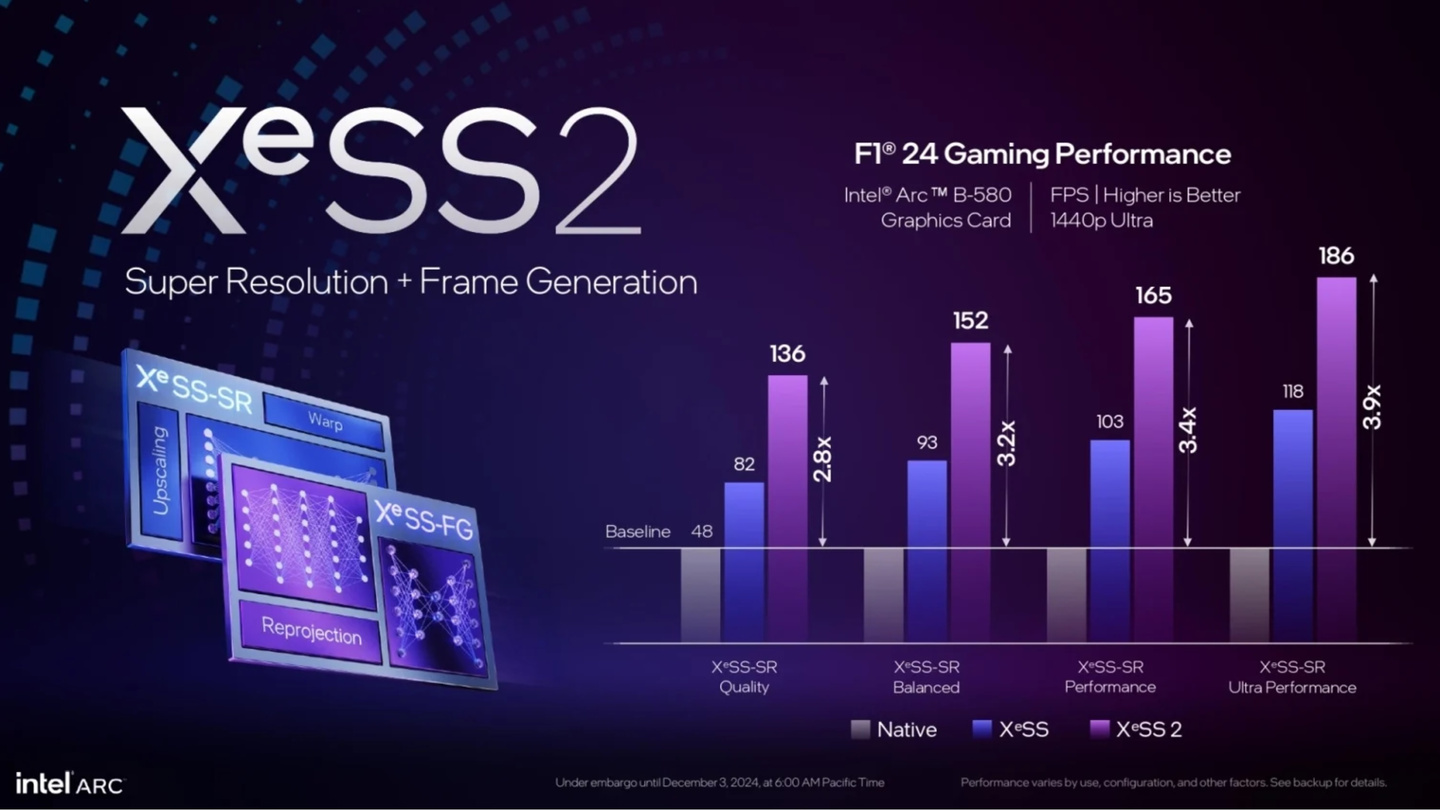As gaming technologies and visual graphics have gradually advanced, the demand for higher resolutions and smoother framerates has grown significantly. However, running games at native 4K or higher resolutions can be a struggle, even for high-end GPUs. This is why GPU manufacturers developed upscaling technologies. They’re meant to increase framerates and overall performance while only having a small effect on the visual fidelity.
The benefits of upscaling aren’t limited to gaming at 4K or higher resolutions though. If you have weaker hardware and don’t want to spend a fortune on upgrading your PC, then upscaling may just be the perfect solution for you.
In this article, we’ll go over the major upscaling technologies and discuss their benefits and drawbacks.
All Major Upscaling Technologies
There are three major upscaling technologies that you need to know about. These include NVIDIA’s most advanced DLSS (Deep-Learning Super Sampling), AMD’s FSR (FidelityFX Super Resolution), and the more recent Intel XeSS (Intel Xe Super Sampling).
But, which is worth using, and how does each technology compare to the others?
While all upscaling technologies work towards the same objective (improving performance while maintaining image quality) they take different approaches to achieve this. Methods like DLSS and XeSS use advanced AI algorithms to reconstruct pixels for upscaling, while AMD’s FSR uses spatial upscaling methods rather than AI.
Obviously, the science behind all of these technologies can get extremely detailed and in-depth. So, in the interest of not making this article too dense, we’ve chosen to focus on what the tech offers rather than going deep on how it works exactly.
NVIDIA DLSS: Best Performance and Image Quality
NVIDIA’s Deep Learning Super Sampling (DLSS) works with the help of AI. When enabled, it’s basically running the game at a lower resolution and then upscaling the image to your desired resolution using deep learning and AI. The DLSS technology is exclusive to RTX cards as they require the tensor cores in these cards in order to work. In short, if you don’t own an NVIDIA RTX card (20 series and up) you can’t use DLSS.
DLSS delivers the best image quality and performance, resulting in a final image that looks better than native most of the time, with precise details and enhanced clarity. NVIDIA did an excellent job developing the DLSS technology, and while DLSS 1.0 received mixed results, it is safe to say that DLSS 2.0 is the best upscaling technology out there.
Who should use DLSS
If you own an RTX series card, DLSS would be your best upscaling option as it delivers higher-quality images than other upscaling methods like FSR and XeSS. Gamers who are not using an RTX NVIDIA card cannot use DLSS.
AMD’s FidelityX Super Resolution (FSR)
AMD’s FidelityFX Super Resolution (FSR) works without the help of AI or deep learning at all. Instead, it uses high-quality sharpening to enhance details and improve image quality while eliminating the blurriness often introduced by upscaling.
While AMD’s FSR may not deliver the same image quality as DLSS, it is a viable option for those who don’t have an RTX lineup GPU, since AMD’s FSR is cross-compatible. This allows it to work on a wide range of GPUs, including older ones, making it a valuable tool for increasing performance at higher resolutions.
Who should use FSR
If DLSS and XeSS are not available, FSR may be your next best bet. While it may not match up to DLSS and XeSS, it still does a relatively decent job and can help you gain higher quality images at a lower performance cost. FSR is available across a wide range of GPUs and isn’t tied to AMD cards specifically.

Intel XeSS: High Image Quality and Cross-Compatible
Intel Xe Super Sampling (XeSS) uses AI algorithms similar to DLSS. Like NVIDIA, Intel developed an AI model using deep learning that can upscale lower resolutions to higher resolutions.
In terms of image quality, Intel’s XeSS is very comparable to DLSS, delivering very detailed and clarified images at higher resolutions. However, some variance in performance and quality may be noticed if you are a non-Intel Arc user. Unlike DLSS, Intel’s XeSS supports a wide range of GPUs, including AMD’s and NVIDIA’s. It delivers its best results on the newer Intel Arc GPUs with dedicated AI hardware to accelerate the process though.
Who should use XeSS
If you don’t have an RTX card and can’t use DLSS, your next best alternative should be XeSS, regardless of whatever GPU you may have. XeSS isn’t tied to Intel cards so can be used across a wide variety of GPUs.

How To Turn On Upscaling in Games
You will find the option to turn on upscaling in the Video Settings of any supported game. Usually, there’ll be different presets to choose from. These are commonly:
- Native
- Quality
- Balanced
- Performance
- Ultra Perfromance
The lower you go, the more the image quality worsens. Native, as the name implies, just renders the game at the native resolution. As you go down the list, the tech starts rendering the game at a lower resolution, then scaling it back up. The lower you go, the lower the resolution the game is rendered at. So, on Ultra Performance and Performance, you will notice a significant loss in image quality.
The preset you choose is entirely up to you and depends on what you are after. If you are playing a competitive game and want the maximum frames per second, then Performance is usually the one to go for. If you are enjoying a single player title, choosing something like Balanced is fine.

Is Upscaling Worth It
In short: sometimes, but not always.
Upscaling tech like DLSS, FSR, and XeSS is great for squeezing more performance out of your hardware. You get higher FPS without fully tanking visual quality, which is a win for casual and single player gamers. When it comes to competitive play, however, priorities shift.
Here at ProSettings, we’re all about maximizing competitive performance. What matters on that front is low input latency, high framerates, and clear visuals.
Upscaling technologies that are set to performance mode can boost FPS with minimal impact on input lag, especially if you’re GPU-limited. You don’t want to set the resolution too low though, as that can have an impact on visual clarity.
So upscaling isn’t usually an issue, but frame generation can definitely be. Frame generation generally adds latency, which is something that you absolutely want to avoid when playing competitively. Precisely how much latency depends on the game, your PC, and other factors, but as a hardcore competitive gamer, you’re generally trying to avoid all forms of latency.
In short: upscaling is fine if you’re using it to maintain high, consistent FPS on mid-tier hardware. Just steer clear of Frame Generation and overly aggressive settings. If you’ve got the horsepower to run native at your target FPS, stick with that. In competitive games, every millisecond counts.
Conclusion
Upscaling tech has come a long way, and for most gamers—especially those on mid-range hardware—it’s a solid way to boost performance without sacrificing too much image quality. DLSS leads the pack in both clarity and performance, but FSR and XeSS are more flexible, especially for those not running NVIDIA cards.
At the end of the day, it comes down to your setup and what you prioritize. For competitive players, stability and responsiveness take priority over eye candy. So use upscaling smartly: dial in the settings that get you the frames you need without blurring out the details that matter. And whatever you do, leave frame generation off when it’s time to play competitively.
Gaming Center
A gaming center is a dedicated space where people come together to play video games, whether on PCs, consoles, or arcade machines. These centers can offer a range of services, from casual gaming sessions to competitive tournaments.

